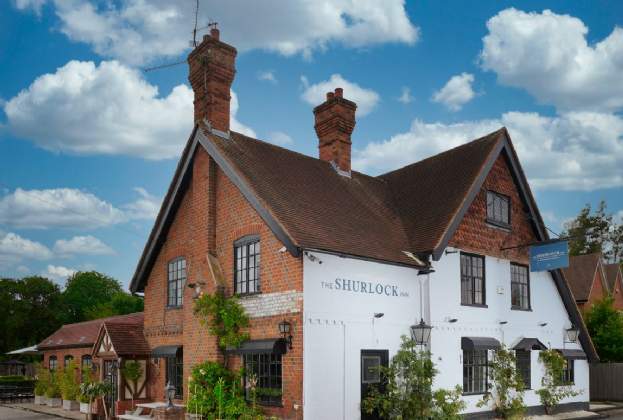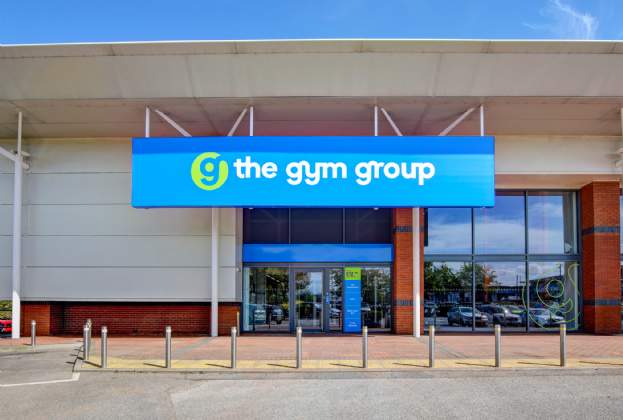Since the retail and leisure sector began its staggered reopening process back in June, consumers have been tentatively returning to physical retail destinations. The gradual easing of the lockdown measures has been met with a varied recovery in footfall, with visitor numbers differing significantly across locations and retail sub-sectors. But where have we been seeing the biggest uplifts and what has been the driving force behind consumer visits?
For some time hospitality has been seen as a key component of a vibrant and successful retail scheme and the increase in food and beverage (F&B) provisions over recent years at shopping centres and on high streets is testament to the boost that a compelling hospitality offering can bring. We have been aware that leisure positively impacts retail footfall, but never has this been evidenced more strongly than with the reopening of the hospitality sector following the Covid-19 lockdown.
Google mobility data shows a significant surge in movement in a number of locations since the reopening of F&B operators from 4 July, reinforcing the strong relationship between hospitality and physical retail, and new data from Springboard also shows that F&B outlets have been a key driver of footfall and increased spend since shopping destinations reopened.
The majority of this recovery has been steered by traditional leisure-led domestic holiday destinations as people opted for staycations over the summer, with the likes of Cornwall, Blackpool and the Isle of Wight, all now reporting positive footfall growth even compared with pre-Covid-19 levels. The feed through to larger municipalities, however, remains delayed in line with the continued absence of a lot of office workers and international tourism.
Further boosting footfall to hospitality operators, and consequently many retail destinations, was the launch of the Eat Out to Help Out Scheme, which saw 64 million meals claimed through the initiative in August. OpenTable figures suggested that in the first week of the scheme, year-on-year seated restaurant covers were in positive territory for the first time since pre-lockdown and research from our property management division at Savills shows that average footfall growth in the schemes that we manage was up 13 per cent in the final week of August, compared with the week before, and F&B sales were up an average of 49 per cent in August compared with July.
While it’s possible the large increase in the final week was due to consumers wanting to take advantage of Eat Out to Help Out before it ended, it’s clear the scheme had an overall positive impact on weekly footfall figures, further supporting the evidence that a compelling hospitality offering drives people to retail locations.
As the remainder of the leisure sector now begins to reopen, with bowling alleys and skating rinks being given the go ahead in mid-August after an initial delay, we expect to see footfall figures improve further as consumers venture out to these locations for the first time since March. What has been heartening is to see how valued hospitality and leisure is to the UK consumer – it’s a must-have, not a nice to have, reinforcing the view we have always supported, that leisure is absolutely critical to vibrant retail environments.
Further information
.jpg)



.jpg)


.jpg)


.jpg)